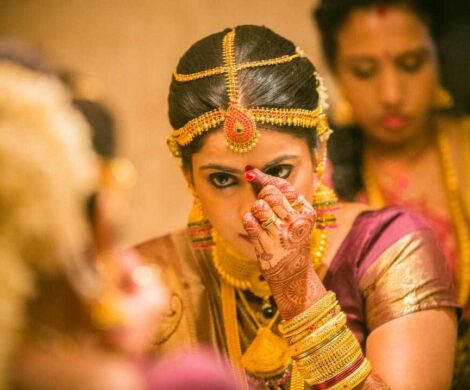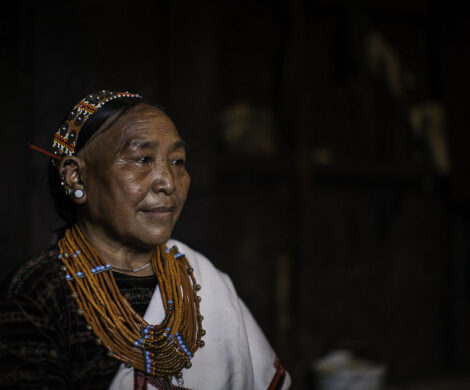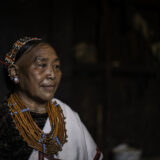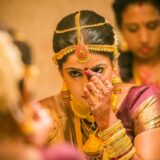Gujarati Dress: Unveiling the Elegance and Richness of Traditional Attire
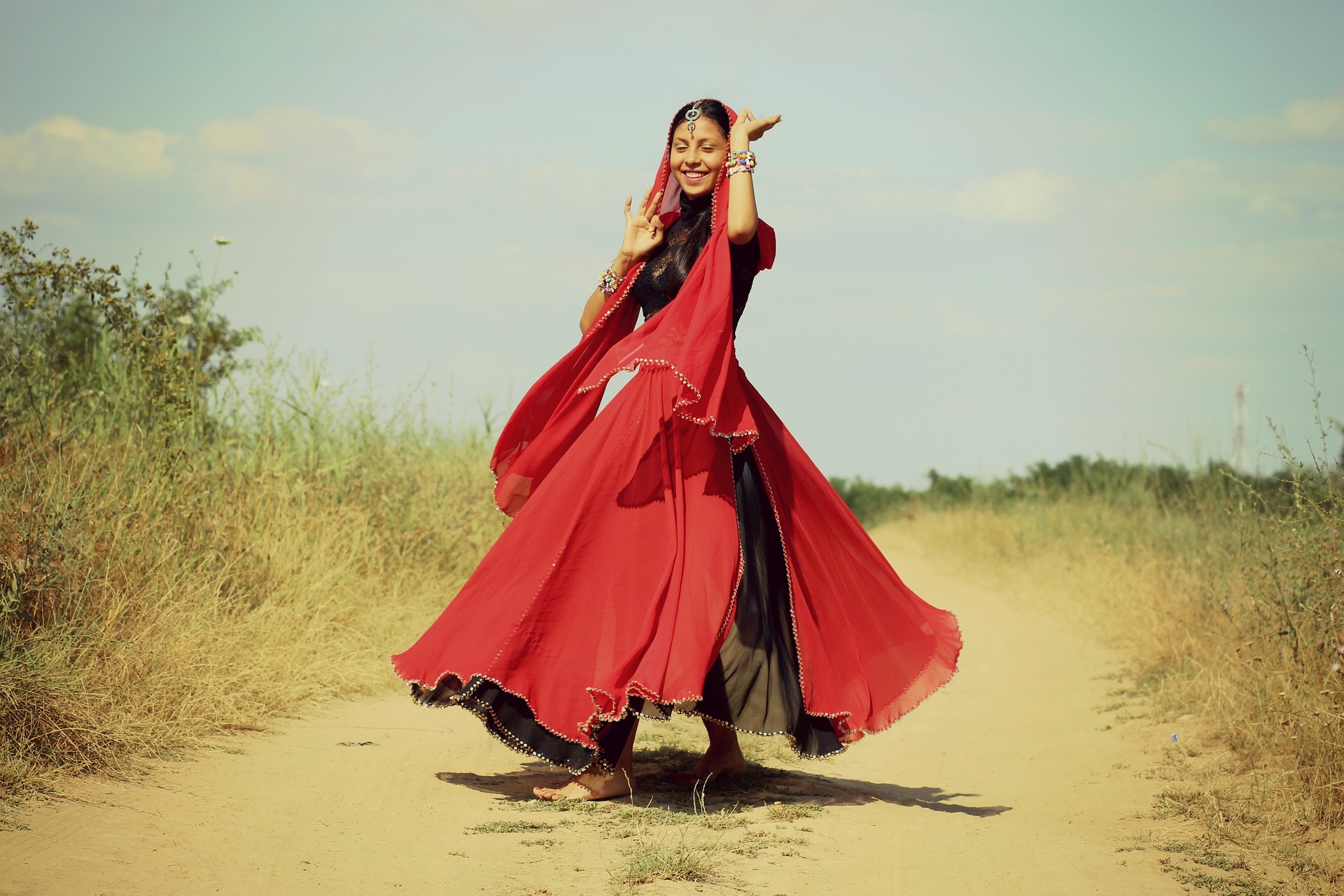
Welcome to our comprehensive guide on the enchanting world of Gujarati dress, a true embodiment of elegance, culture, and tradition. In this article, we delve deep into the intricate details, vibrant colors, and historical significance of Gujarati attire. From the mesmerizing mirror work to the graceful drapes, we will unravel every facet of this attire that makes it not just a piece of clothing, but a cultural treasure.
The Timeless Elegance of Gujarati Dress
Gujarat, a western state of India, is renowned for its rich culture and history. The traditional dress of Gujarat is a reflection of this heritage, with each piece telling a unique story. Gujarati dress is a broad term that encompasses various styles, each representing a different region, occasion, or community. Let’s explore some of the most prominent ones:
1. Chaniya Choli: A Riot of Colors and Intricacy
The iconic Chaniya Choli is a staple during the Navratri festival, a celebration of nine nights dedicated to Goddess Durga. The outfit consists of a flared skirt (chaniya), a cropped blouse (choli), and a gracefully adorned dupatta. What sets Chaniya Choli apart is its intricate mirror work, vibrant embroidery, and beadwork that narrates tales of the region’s craftsmanship.
2. Bandhani: The Art of Tie and Dye
Bandhani, also known as Bandhej, is a tie and dye technique that results in eye-catching patterns on fabric. This art form is prevalent not only in clothing but also in turbans and odhnis. Bandhani sarees and dresses are famous for their vibrant colors and intricate designs, making them a symbol of celebration and festivity.
3. Patola Sarees: Woven Elegance
Originating from the Patan region of Gujarat, Patola sarees are a testament to the state’s weaving mastery. These sarees are known for their intricate geometric designs and vibrant hues. What makes Patola sarees exceptional is the double ikat weaving technique, where both warp and weft threads are resist-dyed before weaving.
4. Ghagra: Embodying Grace and Tradition
Ghagra, a long and voluminous skirt, is another embodiment of Gujarati elegance. Often paired with cholis and adorned with intricate embroidery, ghagras are worn during weddings and special occasions. The ensemble is incomplete without traditional jewelry that adds a touch of regal charm.
The Cultural Significance
Gujarati dress is more than just fabric; it is a symbol of identity, tradition, and celebration. It showcases the rich diversity of the state and its people, encapsulating their history and values in each intricate thread.
Keeping the Tradition Alive
Despite the evolving fashion landscape, Gujarati dress continues to hold a special place in the hearts of both residents and the diaspora. Many designers are blending traditional elements with contemporary styles to create fusion wear that appeals to a broader audience.
Conclusion
In conclusion, the allure of Gujarati dress lies not only in its vibrant colors and intricate designs but also in the deep-rooted cultural significance it holds. From the timeless Chaniya Choli to the mesmerizing Patola sarees, each piece is a masterpiece that speaks volumes about Gujarat’s artistic heritage. As we embrace modernity, let’s not forget to cherish and celebrate the elegance and richness of Gujarati attire.
